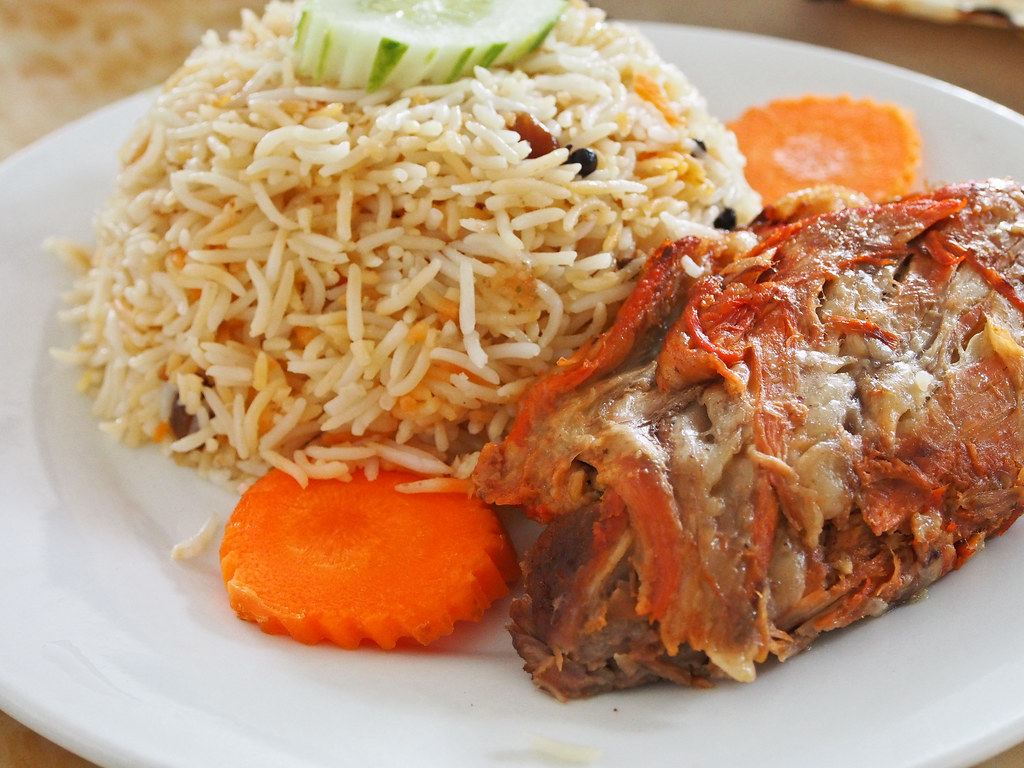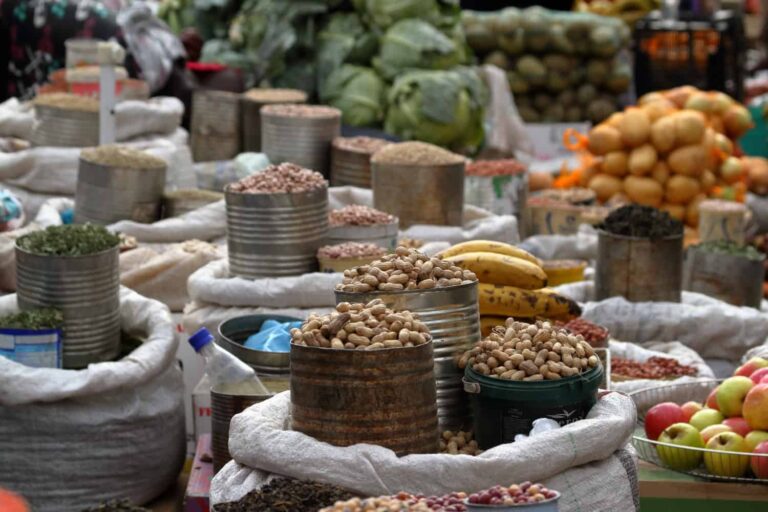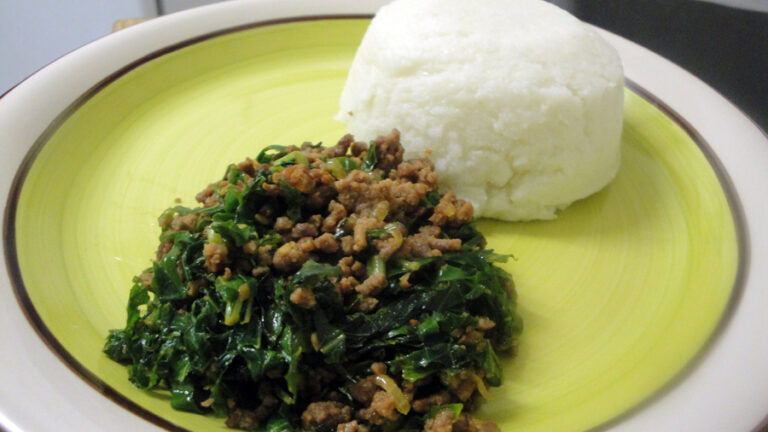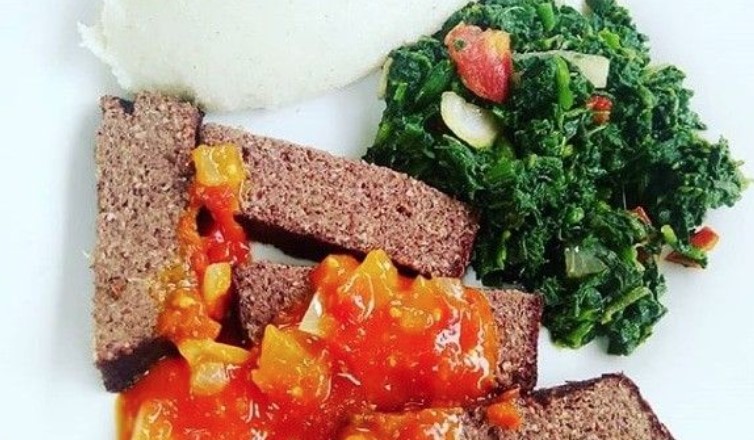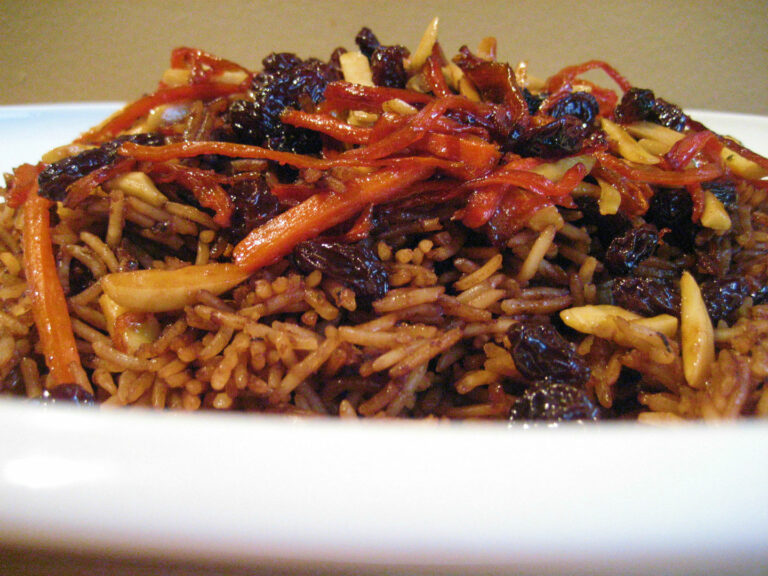Introduction: The Role of Lamb in Yemeni Culture
Lamb has an essential role in Yemeni culture and cuisine. It is a staple food and an integral part of Yemeni cuisine, which is famous for its delicious and diverse lamb dishes. Yemeni people have a long history of raising lamb, and it has a significant cultural and historical significance in the country. Lamb is also an important part of Yemeni celebrations and plays a crucial role in Yemeni social customs.
The Historical Significance of Lamb in Yemen
Lamb has been an essential part of Yemeni history for centuries. Yemen has a long tradition of nomadic herders, and lamb has played a vital role in their survival. In the past, Yemenis used to trade and sell lamb to other countries in the region. Yemeni herders would migrate to the highlands during the summer months, where they would graze their flock on fresh grass and herbs. The meat from these lambs was considered to be of the highest quality, and it was highly sought after in the market.
Lamb in Yemeni Cuisine: Traditional Dishes
Lamb is a fundamental ingredient in traditional Yemeni dishes. Some of the most popular Yemeni lamb dishes include lamb haneeth, lamb mandi, and lamb shawarma. Lamb haneeth is a dish of slow-roasted lamb that is cooked in an underground oven for several hours, resulting in incredibly tender meat. Lamb mandi is a flavorful dish of spiced rice and tender lamb that is also cooked in an underground oven. Lamb shawarma is a popular street food in Yemen, consisting of roasted lamb meat that is sliced and served in a wrap or pita bread.
Lamb in Festive Occasions and Celebrations
Lamb plays an essential role in Yemeni festive occasions and celebrations. It is often served during special events such as weddings, Eid al-Fitr, and Eid al-Adha. During these occasions, lamb is cooked in large quantities and shared with family, friends, and neighbors. In Yemeni culture, sharing food is a sign of hospitality and generosity, and lamb is a perfect example of this cultural tradition.
Cultural Significance of Lamb in Yemeni Society
Lamb has significant cultural significance in Yemeni society. It is considered a symbol of wealth and prosperity and is often used to show gratitude and respect. Yemeni people have a strong attachment to their land and culture, and lamb is an essential part of their cultural heritage. In Yemeni culture, lamb is also associated with hospitality and generosity, and it is often served to guests as a sign of respect and welcome.
Conclusion: The Enduring Importance of Lamb in Yemeni Culture
Lamb has an important place in Yemeni culture and cuisine. It has a rich history in the country and is an integral part of Yemeni traditions and customs. Yemeni people have a strong attachment to lamb, and it plays a significant role in their daily lives and festive occasions. The enduring importance of lamb in Yemeni culture is a testament to the country’s rich heritage and cultural identity.

